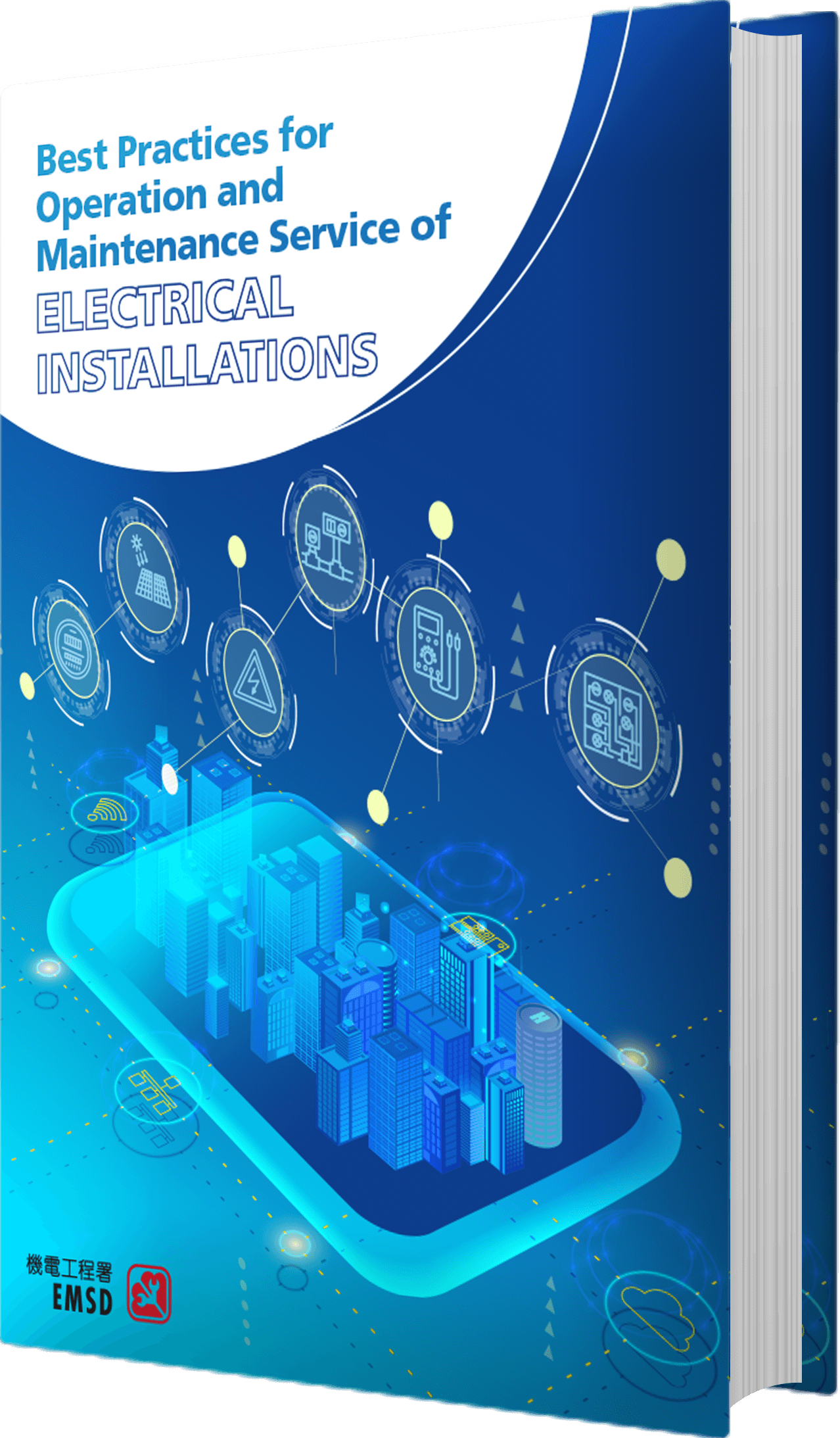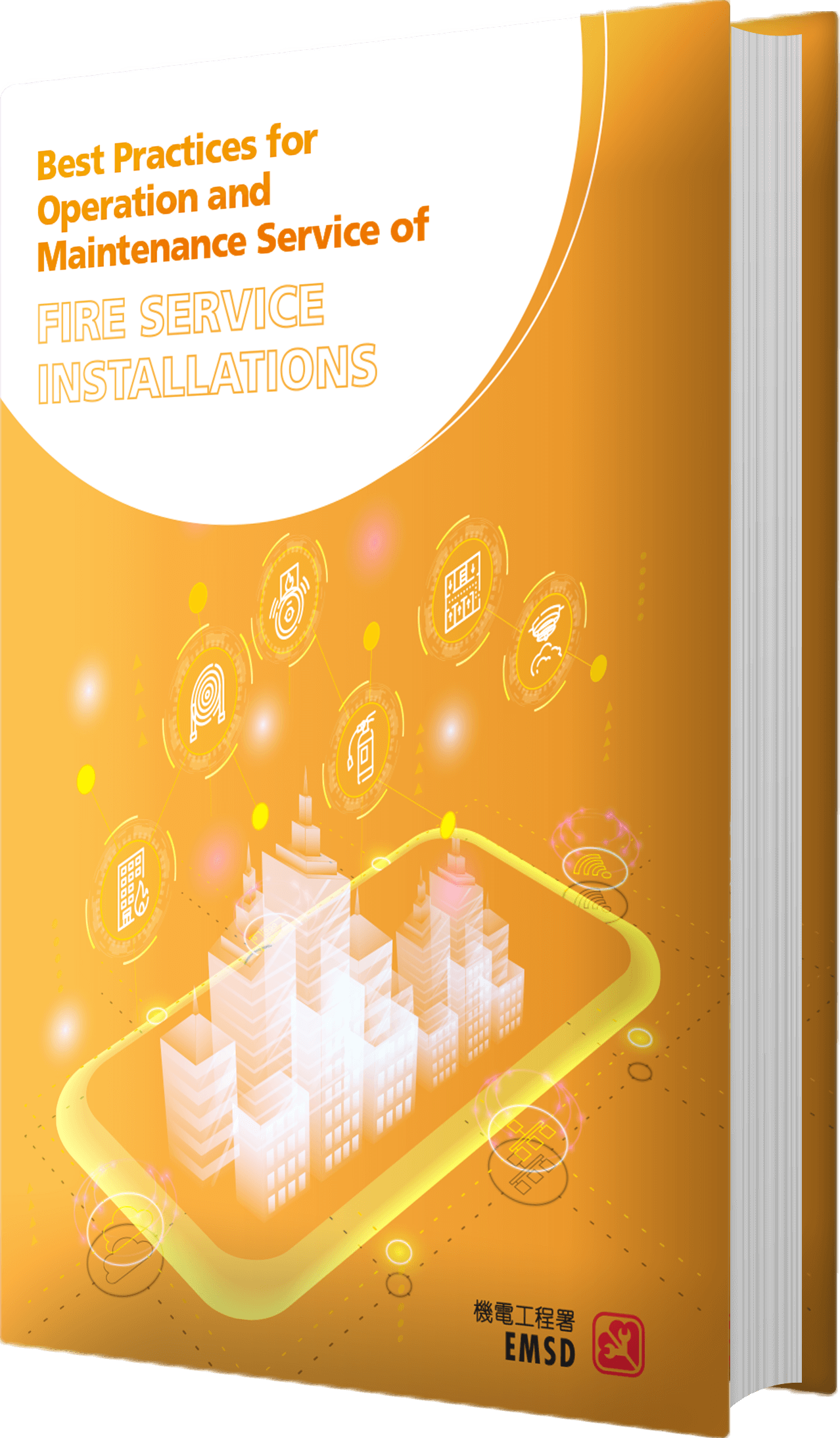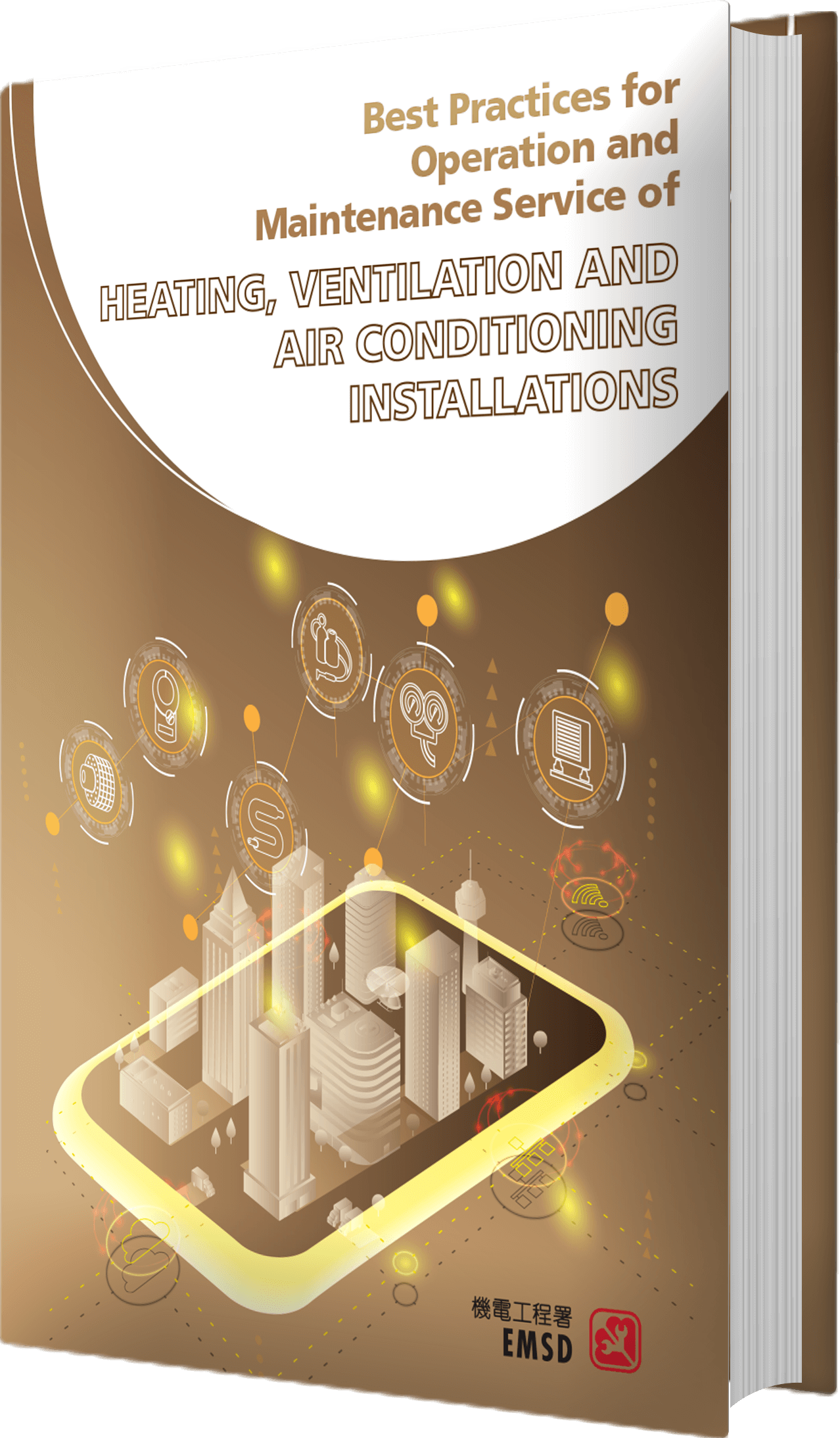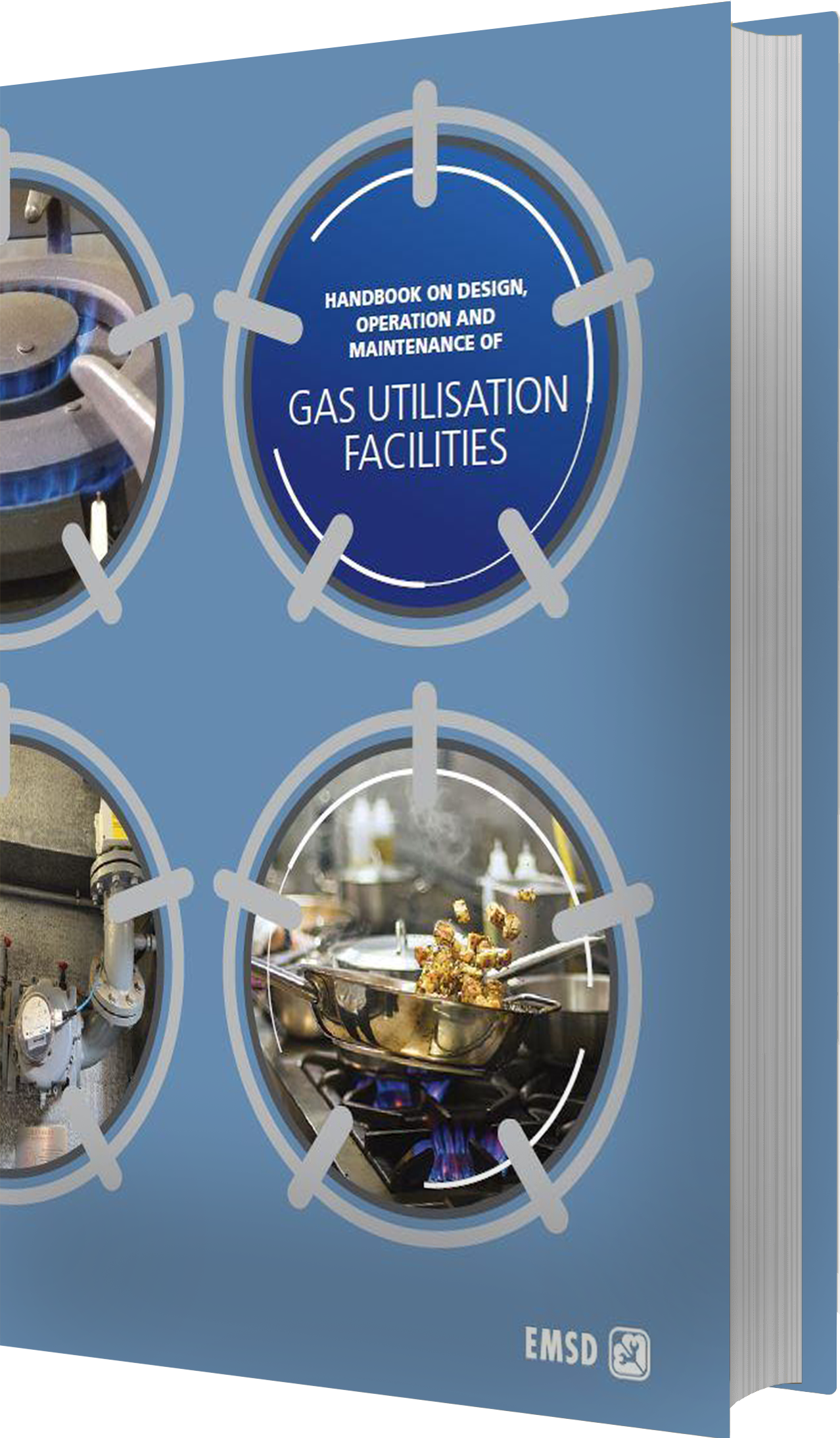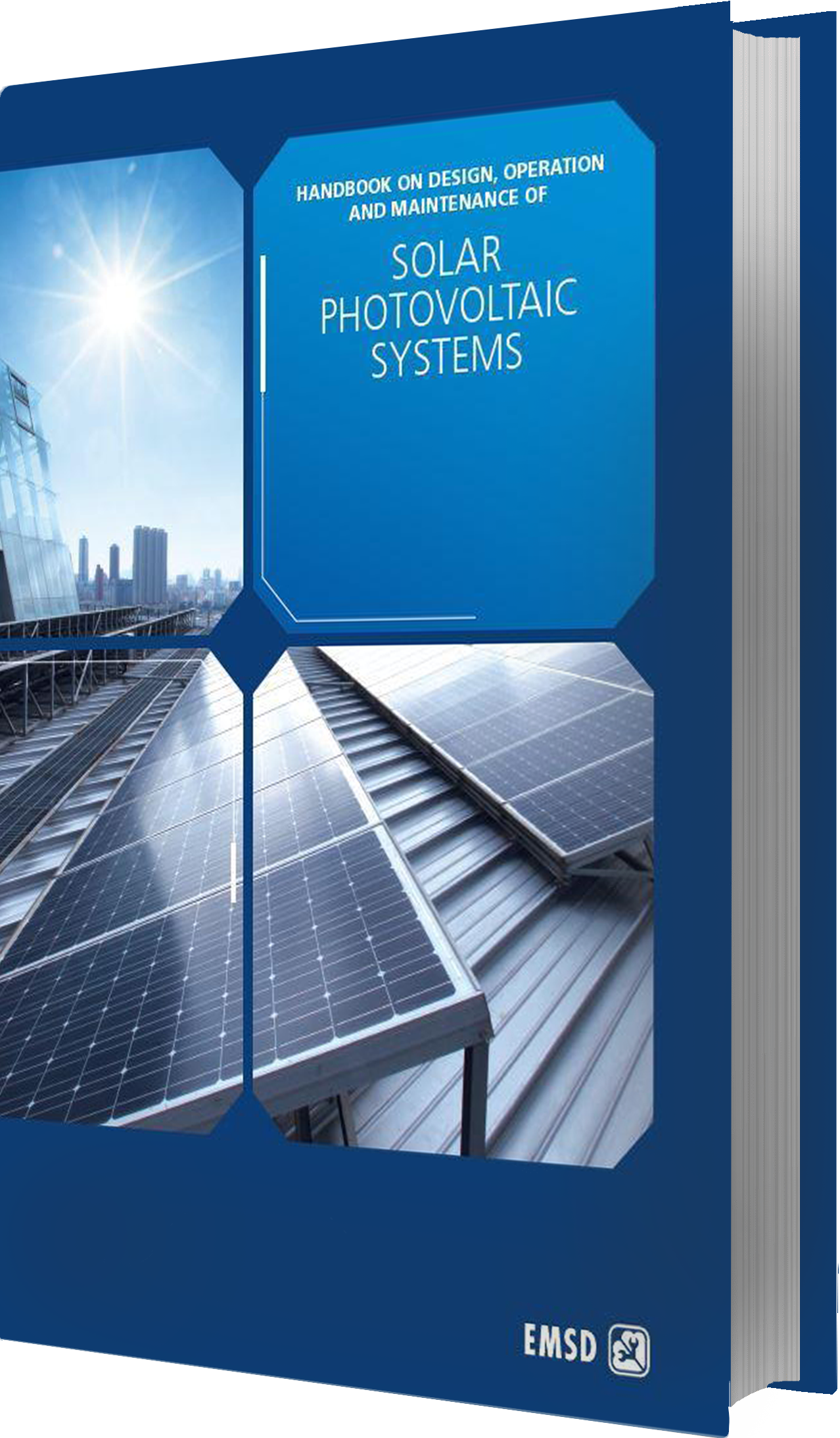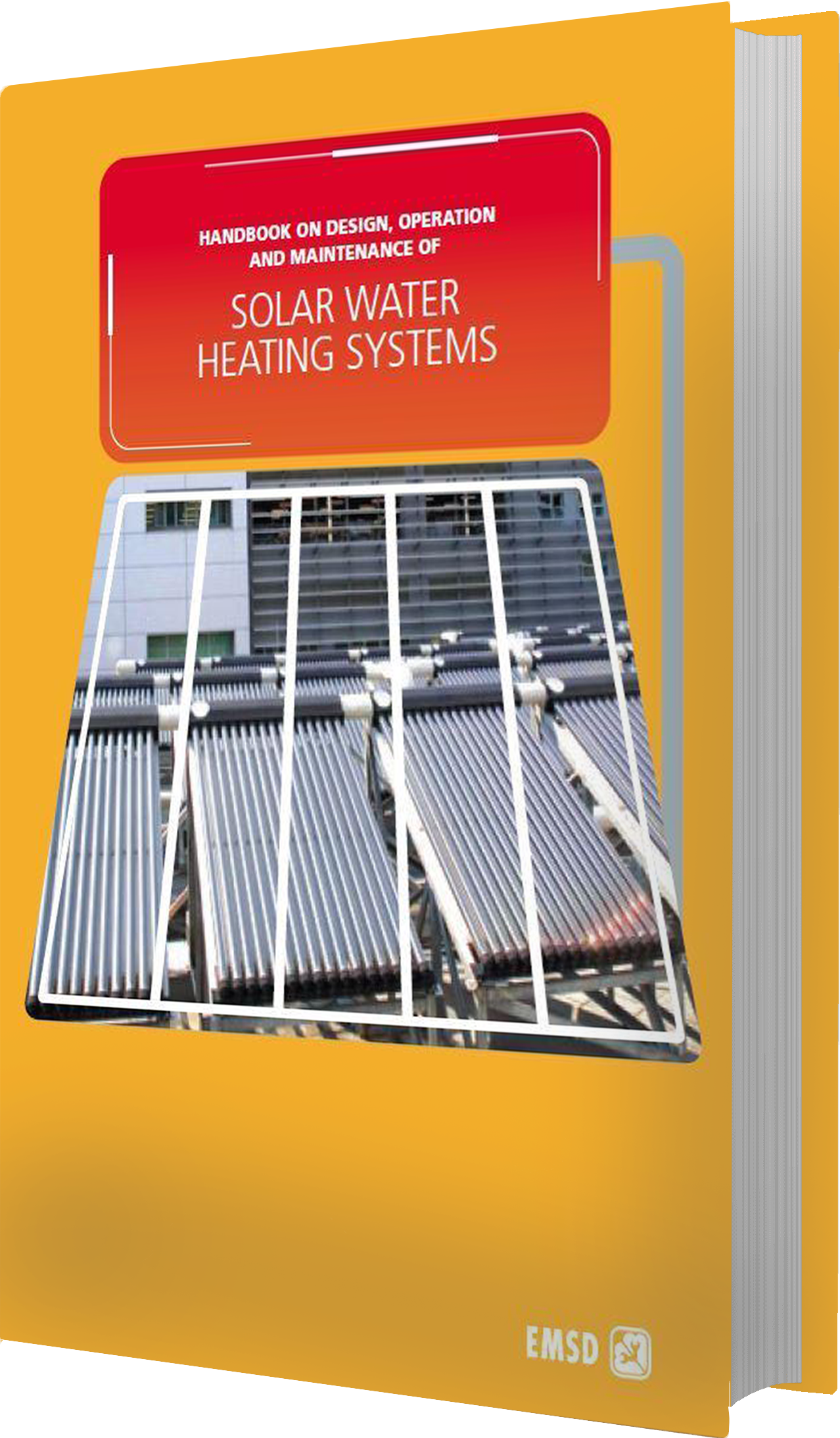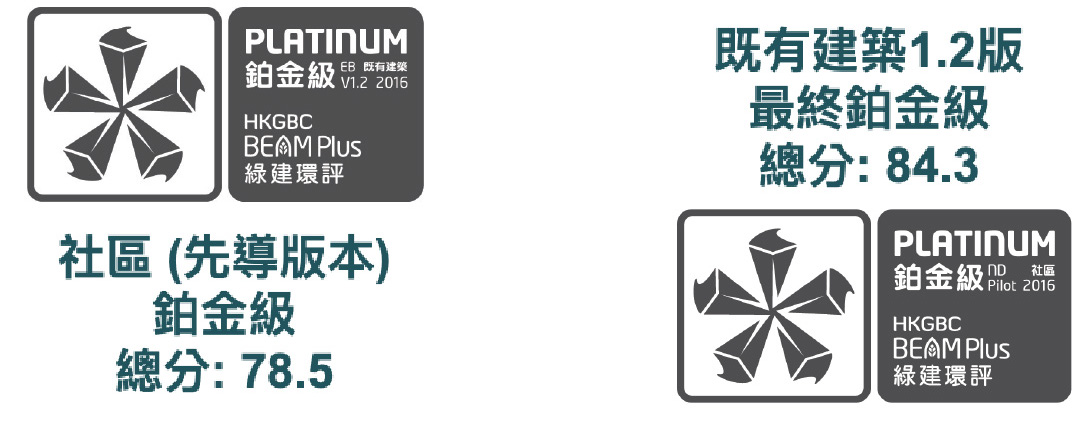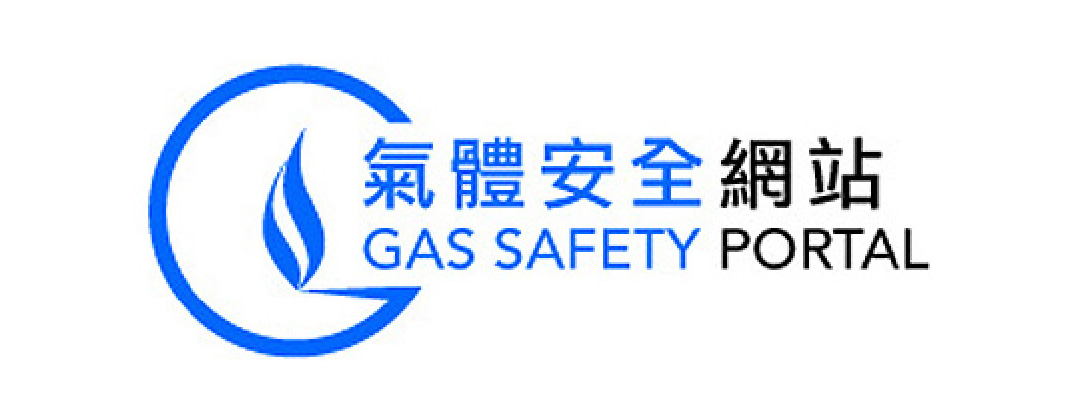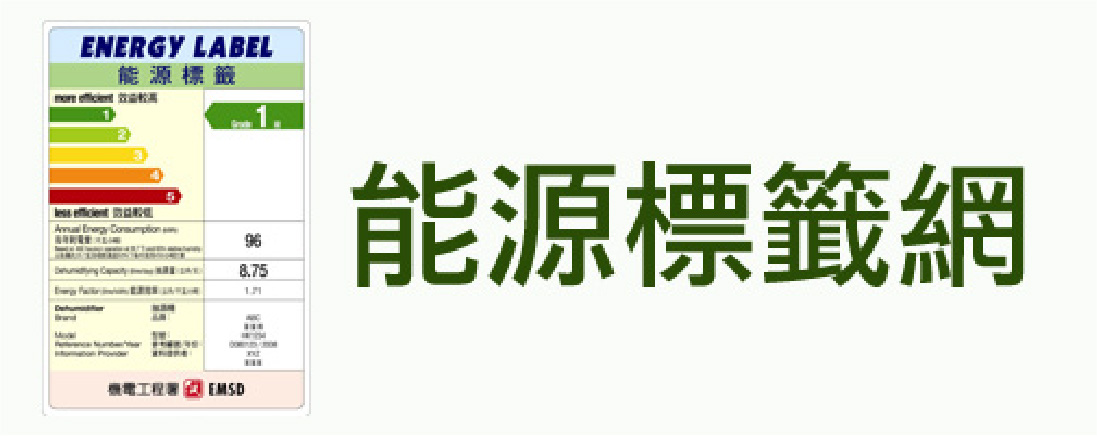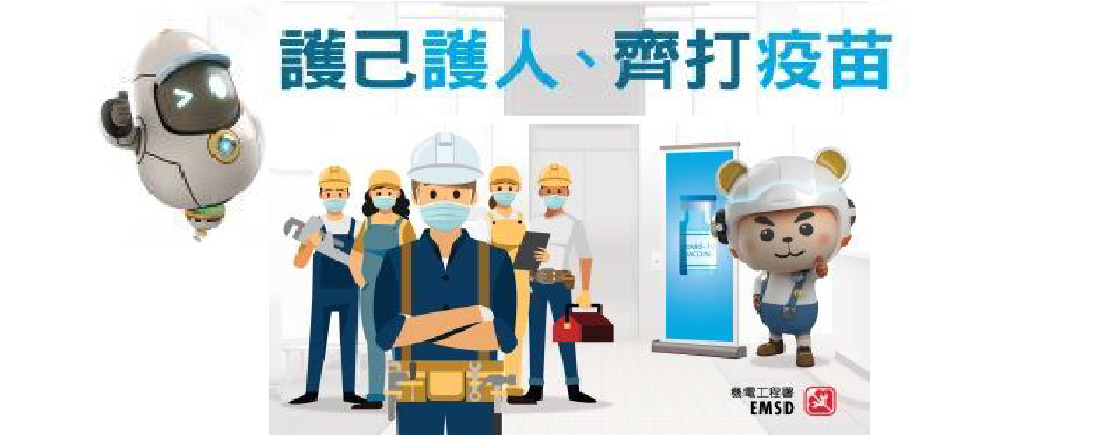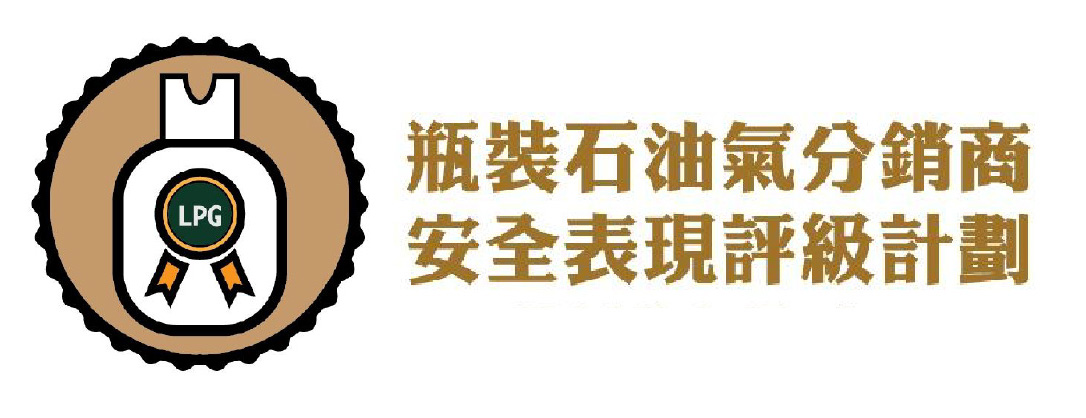1. Introduction
2. Design Considerations
3. Operation and Maintenance
4. Record/Documentation
Design Considerations
2.1 Gas Supply Systems
2.1.1 General Practice
(1)
The owner has the responsibility to ensure that gas installations in the kitchen comply with the Gas Safety Ordinance (Cap.51) and follow the Guidance Notes and Codes of Practice issued by the Gas Authority.
(2)
For kitchens with gas supply using LPG cylinders, the following requirements should always be adhered to:
a)
LPG cylinders should be stored inside a LPG cylinder chamber while LPG cartridges should be stored in a LPG storage chamber. The location and design requirements of the LPG cylinder chamber and LPG storage chamber are listed in the Code of Practice “GU06 LPG Installations for Catering Purposes in Commercial Premises”. The total aggregated water capacity of LPG cylinders and cartridges (including empty ones) must not exceed 130 litres, otherwise they are defined as Notifiable Gas Installations (NGI) for which the owner shall submit an application to the Gas Authority. A typical LPG cylinder storage chamber is shown in Figure 1.

b)
A main isolation valve should be installed immediately outside the LPG cylinder chamber. It should be labelled clearly in both Chinese and English for easy identification.
c)
Each RGSC has a list of approved LPG cylinder distributors. The owner should only purchase LPG in cylinder container from a distributor on the list. The full list of approved LPG cylinder distributors can be found on the EMSD website.
d)
Unless the catering premises is registered as a NGI with approval from the Gas Authority, the owner should not store LPG cylinders and LPG cartridges (including empty cylinder/cartridge) of more than 130 litres aggregated water capacity (approximately 50 kg) inside the premises.
(3)
Since a gas appliance would generate flue gas and air contaminants, the owner should install a ventilation system with adequate flowrate to extract them from the kitchen. A system interlocking the ventilation system and the gas supply system should also be installed for the sake of gas safety. An interlock device is to ensure that gas supply is activated only when the ventilation system functions properly. Reference can be made to the Code of Practice “GU12 Installation of Mechanical Exhaust System for Gas Appliances (Rated Heat Input up to 70 kW)”.
(4)
On some occasions, cassette cookers may be used for keeping the temperature of food or for hotpots. The owner should only select a cassette cooker bearing a “GU” mark from the list of domestic gas appliances approved by the Gas Authority. The list can be found on the EMSD website. The “GU” mark label is illustrated in Figure 2.

(5)
Newly designed gas appliances are equipped with automatic ignitors and Flame Failure Devices (FFD) to enhance safety. The owner should consider choosing gas appliances with these devices in the first place to protect people and properties.
(6)
For the connection between gas pipe/cylinder and gas appliances, flexible tubing may be an option. The owner should only choose flexible tubing approved by the Gas Authority. The list can be found on the EMSD website. A typical flexible gas tubing is shown in Figure 3.

2.1.2 Best Practice
(1)
The owner should only consider using LPG supplied from a cylinder as cooking fuel when town gas or piped LPG supply is not available.
(2)
Since a rubber gas tubing has a relatively short service life and is vulnerable to physical damage, it is recommended to replace it with metallic flexible gas tubing, i.e., corrugated stainless steel tube which has a much longer lifespan and is more durable than rubber tubing.
(3)
Gas appliances should not be installed in contact with any combustible wall or floor surfaces. For commercial gas appliances, their heating capacity is much larger than that of domestic gas appliances. A minimum separation distance of 150mm (6 inches) should be allowed between the combustible wall and the commercial gas appliance. Where it is not possible to achieve this separation distance, shielding with non-combustible material is necessary if temperature in excess of 65℃ is likely to be experienced in the vicinity of the gas appliance.
(4)
For better identification of gas pipes, the following recommendations should be considered:
a)
The catering premises owner is recommended to request a record of the gas pipe alignment in the form of a layout plan from the RGC. The plan can facilitate future modification and premises renovation work, and reduce the chance of damage to gas pipe.
b)
Apart from fire services pipes, other pipes in a building for gas supply, water supply, drainage services and air conditioning systems do not have a designated colour for identification. The external colours of these various pipes are sometimes similar or even identical in order to harmonise with the colour scheme of the building façade or internal finishes, thus causing confusion. Although there are labels affixed on gas pipes at certain intervals for distinction, damage on gas pipes still occurs occasionally due to misidentification.
c)
In addition to affixing gas labels at conspicuous locations along a gas pipe, applying distinct colours for the gas pipes can also be adopted for easy identification.
d)
If application of distinct colours for gas pipes is impracticable due to design/architectural aesthetics reasons, the distances among gas labels affixed to pipe surfaces should be shortened to increase their visibility to workers and occupiers.
(5)
Although town gas/LPG has a distinctive smell, leakage of gas may not be noticed during non-business hours. It is recommended that a gas detector complete with alarm/gas suspension devices, which would be more sensitive, should be installed in the kitchen. More details about gas detectors are given in Section 2.4.
2.2 Gas Meters
2.2.1 General Practice
(1)
Gas meters shall not be installed in any common area of any premises which has more than one occupier where that area is designated as the only means of escape from the premises in case of fire or in protected lobbies. For meters installed at such locations prior to 1 April 1991, future replacements shall be in accordance with Regulation 10(1) of the Gas Safety (Installation and Use) Regulations, Cap.51C.
(2)
Primary gas meters shall be installed as close as practicable to the point of service entry into the premises and be suitably labelled in accordance with Regulation 13 of the Gas Safety (Installation and Use) Regulations, Cap.51C.
2.2.2 Best Practice
(1)
Smart gas meter have been used in selected developments as a trial. The use of smart gas meter should be adopted progressively with the maturity of the technology. More details about smart gas meter are given in Section 2.4.
2.3 Emergency Control Valves and Fire Safety Valves
2.3.1 General Practice
(1)
An emergency control valve shall be installed, so far as practicable, near the point of gas service entry into the premises in an accessible location for use by the kitchen/premises users in an emergency. The construction, location and labelling of the emergency control valve shall be in accordance with Regulation 8 of the Gas Safety (Installation and Use) Regulations, Cap.51C.
(2)
A fire safety valve shall be located external to the kitchen area for use by Fire Services Officers in an emergency. The valve shall be located in an accessible position and be labelled. For further information about the position of fire safety valves, please refer to the Code of Practice “GU21 Requirements for Town Gas Installations for Catering Purposes in Restaurants and Food Preparation Establishments”.
2.3.2 Best Practice
(1)
An emergency control valve should not be installed in a false ceiling. It should be installed at a location that is easily visible and readily accessible to gas users without having to use any hand tools.
2.4 Application of Technology
2.4.1 Best Practice
Smart Gas Meter
(1)
A smart gas meter enables a gas user to monitor the status of a gas supply system any time. It may send information such as instantaneous gas consumption to a user and the RGSC upon request or at preset intervals. It reduces the inconvenience caused to the gas user by eliminating the need for in-situ metre-reading visits by the RGSC’s personnel and the hassle of making such appointments.
(2)
Besides, a smart gas meter with internal valve can serve as a safety device. It can send alert signals to users and/or the RGSC to take corrective action when a faulty symptom is detected, and automatically suspend gas supply to the premises in case of gas leakage.
Exemplary Applications
(3)
A RGSC has developed smart gas meters (Figure 4) which have been installed in a new residential development as a pilot project. The installed smart gas meters can automatically suspend gas supply in case of gas leakage.

(4)
The RGSC is advancing the technology so that the next generation of meters can communicate with mobile phones (Figure 5) and have the following functions:
a)
Suspend gas supply if there is a sudden increase in gas consumption rate (excess flow). The meter will send a signal to the RGSC for immediate action;
b)
Send a signal to the RGSC if the meter detects continuous flow for an exceptionally long period of time;
c)
Send a signal to the RGSC reminding it to take follow-up actions if regular safety inspection of gas installations in the premises has not been conducted for a long period of time;
d)
Transmit the record of gas consumption to the RGSC automatically; and
e)
Send information such as payment and meter status to mobile devices.

(5)
Smart gas meters are also available for commercial kitchens, apart from those for domestic kitchens. The handling capacity of these meters is larger than that for domestic kitchens. Besides, their size and appearance (Figure 6) are significantly different from domestic smart gas meters.

(6)
Smart meter technology is still undergoing further development, and more functions may be incorporated into novel smart gas meters over time.
Recommendations
(7)
Gas meters are normally owned and maintained by the RGSC. Therefore, any owner/occupant who wants to install a smart gas meter should liaise with the RGSC to obtain mutual agreement for installing smart gas meters.
(8)
Installation of a gas meter is gas installation work, as defined in the Gas Safety (Registration of Gas Installers and Gas Contractors) Regulations. The work shall therefore be carried out by a RGC.
(9)
Each smart gas meter is designed for a specific range of working pressure and flowrate. For instance, a smart gas meter for residential use may not be applicable to commercial/industrial use. Therefore, a RGC should ensure that the operating conditions of the gas supply network, where the smart gas meter is to be installed, match with the design conditions and specifications of the meter.
Gas Detectors
(10)
Gas detectors can be installed at areas with potential risk of accumulation of gaseous substances. When gas leakage is detected, the gas detector can actuate a gas control system to suspend gas supply to the premises. The schematic of a typical gas detection system in a commercial kitchen is shown in Figure 7.

(11)
The heating capacity of gas appliances in a commercial kitchen is much larger than that of those in a domestic kitchen. As such, the gas consumption rate and amount of emitted gaseous by-products in a commercial kitchen will be more vigorous than those in a domestic one. Apart from installing interlock system between the ventilation fan and the gas supply system as stipulated in the “Code of Practice GU21 – Requirements for Town Gas Installations for Catering Purposes in Restaurants and Food Preparation Establishment”, installing gas detectors can further enhance gas safety if the detectors are properly maintained.
Proper Maintenance of Gas Detectors
(12)
The application of gas detectors is stipulated in the “Code for Design of City Gas Engineering, GB 50028-2006” as China’s national standard. The environment of a kitchen is normally filled with mist and oily airborne particulates which may be detrimental to gas detectors. After years of application of gas detectors, the trade has reported certain facts that are beyond controversy:
a)
The lifespan of a detecting section is around 2 to 3 years.
b)
Annual calibration of the detector is essential.
b)
Proper maintenance is required to avoid false alarms.
(13)
Therefore, regular checks and proper maintenance of the detectors are essential to keep the entire detection system in working order.
Recommendations
(14)
A gas detector should be selected according to the type of gas (e.g., town gas or LPG) in use and installed at a suitable height. Table 1 provides a guide for the installation of a gas detector.
| Gas in Use | Weight Compared with Air | Installation Level of Gas Detector | Gaseous Substances to be Monitored | Other Monitoring Parameters |
|---|---|---|---|---|
| Town Gas | Lighter | Ceiling level | Methane, CO, CO2 | Lower Explosion Limit |
| LPG | Heavier | Floor level | Propane, butane, CO2 | Lower Explosion Limit |
Table 1: Installation Guide for Gas Detectors
(15)
According to the Practice Note for Authorised Persons, Registered Structural Engineers and Registered Geotechnical Engineers (PNAP) ADM-2 issued by the Buildings Department, fresh air supply at kitchens in non-domestic buildings shall be 20 air changes per hour by which combustion products should be able to be effectively extracted from the kitchen.
(16)
Adequate ventilation must be available to ensure ready supply of fresh air for combustion and safe removal of combustion products in accordance with Regulation 23(1) of the Gas Safety (Installation and User) Regulations, Cap.51C. For those catering installations where natural ventilation is not sufficient or not available, mechanical ventilation shall be employed. A reliable means such as interlock system shall be provided to ensure that the mechanical exhaust system is always in operation when gas appliances are in use in accordance with Regulation 24(4) of the Gas Safety (Installation and User) Regulations, Cap.51C.
(17)
To meet the above-mentioned requirements, a ventilation interlock system is essential to safeguard gas and occupational safety in a kitchen while a gas detection system can help prevent gas leakage.
(18)
The gas detector should be properly maintained to ensure its accuracy and avoid false alarms. The owner and operator of the gas detector are both accountable for ensuring proper maintenance of the gas detector.

Subscribe for future updates
In order to subscribe to the newsletter or to activate e-mail notifications and content updates, you can follow few simple steps described below.It allows users to receive customized e-mail notifications when content is added or modified in EMSD.
Subscribe
x
Subscribe for future updates
We will only send you emails about the update that you subscribe to, and you can unsubscribe at any time.

